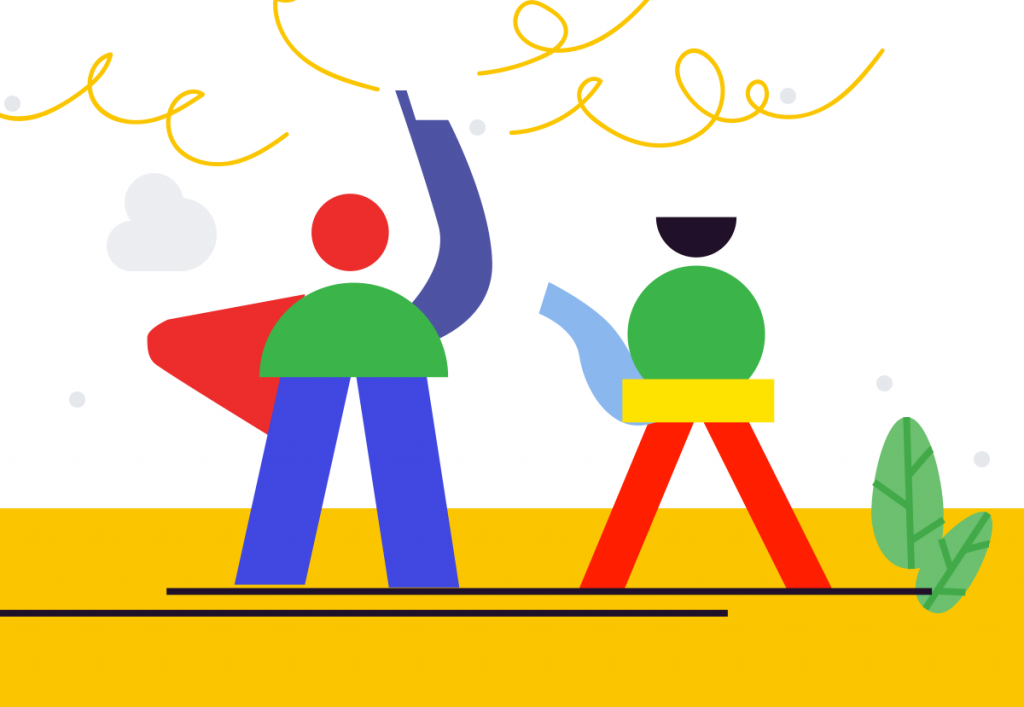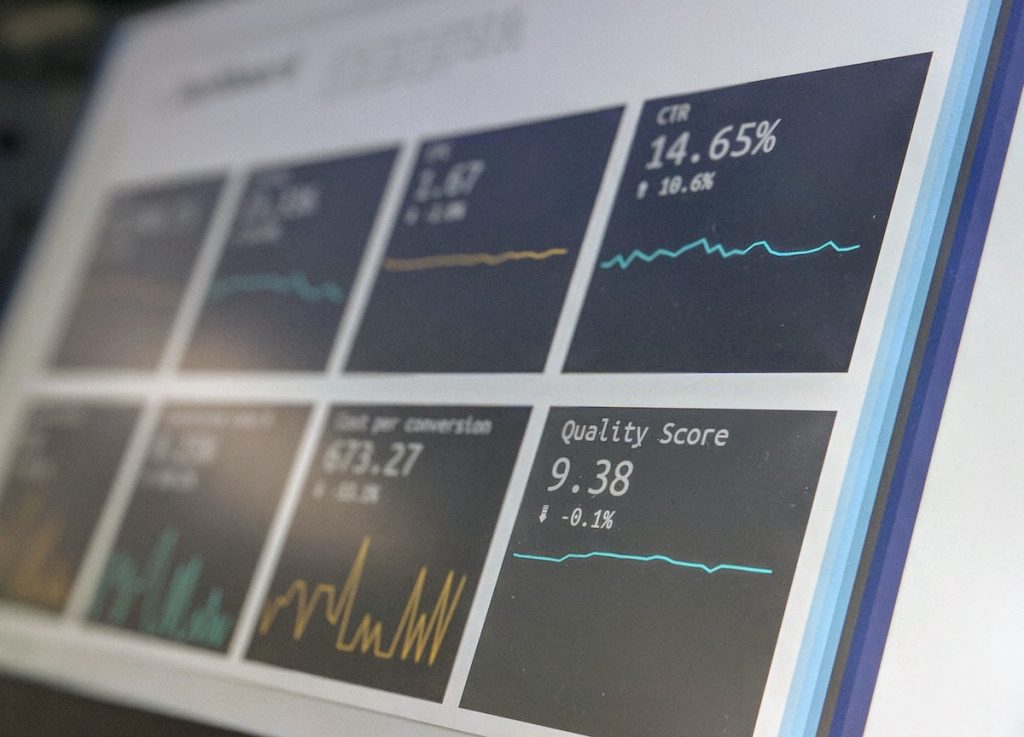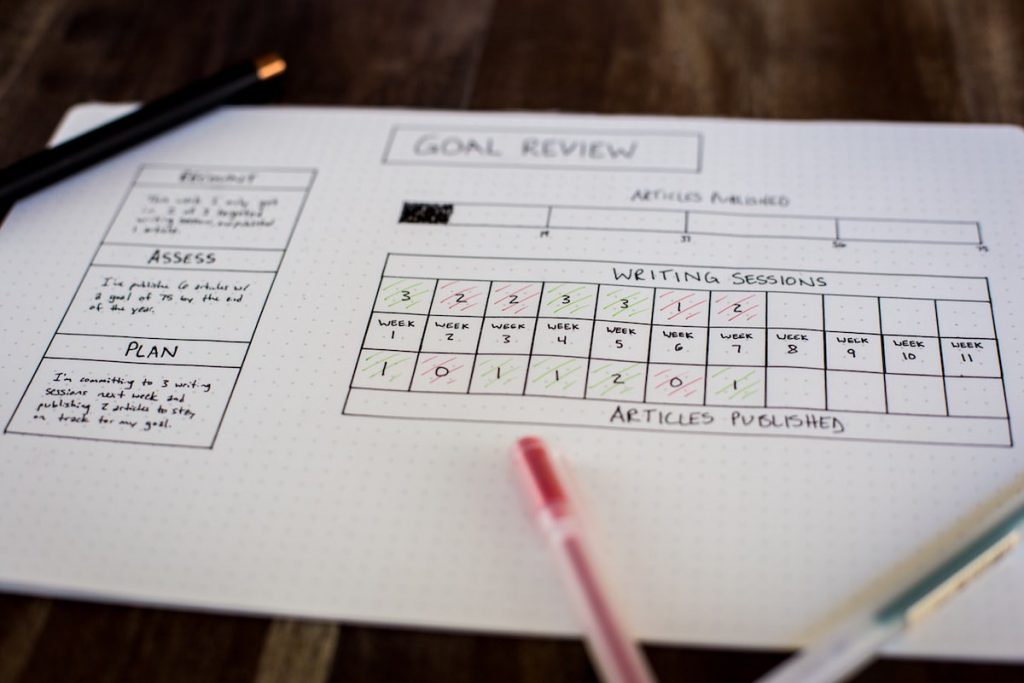How to use AI in human resource management

Today’s successful companies put their employees at the same level of importance as their customers. They do so because they understand one thing: to be able to create astonishing products and deliver high-end services, you need engaged and motivated employees.
However, it is not easy to create the best work environment and implement the most effective people management strategies. Given the complexity of human resources and its multitude of variables, it becomes incredibly difficult for HR departments everywhere to keep up the pace without help from technology.
Want to get the most out of your time?
Try DeskTime for free!
Try free for 14 days · No credit card required.
By signing up, you agree to our terms and privacy policy.

As such, many specialists consider that the future of people management is both human and digital, and that automation can help speed up the process of hiring, onboarding, and engaging employees.
While some fear that the use of AI may have a negative impact on some jobs, data suggests the technology can bring real improvements to the world of HR. And in general, it is expected that AI will generate over $120 billion in revenue by the end of 2020, which makes it something that we cannot neglect.
A combination of artificial and human intelligence could help solve the employee engagement crisis many companies face right now. It can also be a way to usher in a new era of people management tools and skills.

Standard HR analytics vs. possible future
In the standard approach, the HR department is seen as the intermediary between management and employees. They are the ones dealing with work conflicts, sorting out difficulties for both parties, and handing out performance reviews.
HR representatives must monitor everyone’s activity and report their findings to the upper tier of the company. As such, they are the unit that collects and processes the data based on which decisions are made.
Moreover, the tools used by most HR departments are somewhat limited when you consider the wide array of factors for which they must account. For instance, it takes more than just a performance review questionnaire to understand why employees don’t feel engaged or motivated in a certain position. You need specialized training, human empathy, and a keen spirit of observation to grasp employees’ negative states. Even more, it’s important to know when the problem is personal and when it’s company-related.
However, the current approach doesn’t help prevent a drop in productivity; it only offers solutions based on the specificity of the situation. The solutions are based on data collected from the field, which is a step forward. With the use of AI, we could have preventive warning signs and real-time solutions.
We can learn from big companies (like Google, Tesla, or WL Gore) where the activity and performance of employees are constantly monitored and analyzed using modern technologies, such as machine learning, predictive analytics, big data, and artificial intelligence.
Based on this, the management of these companies knows if there is a need for new talent in specific positions, how to increase talent retention, or if there is the possibility for a drop in productivity.

AI in various spheres
Artificial Intelligence can provide the tools to follow and support the journey of an employee within an organization, starting with recruiting and ending with the moment they hand in their resignation letter. In doing so, these tools will gather valuable data on engagement, work satisfaction, and document the overall experience of being an employee in a specific company.
Let’s have a look at why HR departments need AI’s assistance in every phase of the employment process:
Recruiting
The talent acquisition process is lengthy and resource-consuming for most companies, but it can be shortened and made more efficient by using the tools created with the help of AI technologies.
The standard approach of recruiting starts with the job requirements and continues with a screening of available applications. Then, the process moves to interviews, and, if successful, it ends with hiring. However, none of these steps guarantee that you will find the best possible candidate(s) for the job. What they do guarantee is that recruiters will spend valuable time and effort on this task.
Now, could the use of AI make the process easier or smoother?
As it turns out it can, and it has! DBS Bank took the plunge and started using a virtual recruitment bot called JIM (Job Intelligence Maestro) developed by their Talent Acquisition team. The bot screens through all the applications for a certain position (wealth planning managers in this case) and uses artificial intelligence to select the candidates that are best suited for the job.
According to DBS Bank representatives, due to JIM, they managed to shorten the screening time per candidate to 8 minutes (from 32), improve the completion rate of job application to 97%, and they replied to 96% of candidates’ queries.
As a result, recruiters had more time to cover tasks that require human interaction and insight, such as engaging with the candidates and sharing the company culture.

Onboarding
The first day(s) at a new job can be unsettling because you’re facing new challenges, and you need to find quick ways to adapt to a strange environment. But the same can be said about the company and the people who already work there.
People who work in HR know first-hand how difficult onboarding can be. Their job is to get the newcomer accustomed to the company environment by providing all the information they need to know. This means anything from how to make coffee to how to use the collaborative tools for each project.
But, reading the handbook and learning about corporate culture is not the most exciting thing one can do. This is why Insticator decided to use an AI-based system for onboarding. The system is called DiSC and is used to offer information based on people’s personality type.
For instance, the system runs an analysis of the way people process information. As such, if it turns out an employee can make do with just the high-level points, they won’t receive the same amount of information as someone who needs all the details to understand something.
This way, the onboarding experience is tailored based on people’s profiles, which makes things a bit easier.

Want your business to thrive?
Using time management software is a smart way to optimize business costs.
Employee engagement
There are a lot of factors that can drive engagement, which is why we need the help of high-level technologies to process the available data and draw useful conclusions.
For instance, companies can use AI to understand the experience their employees have at work daily. A technique called sentiment analysis lets AI algorithms analyze the behavior, conversations, and overall activity of the people in your team and understand their mood and satisfaction in the workplace.
Such an analysis can flag a possible problem before it occurs and can highlight problem areas, such as the relationship with upper management or a tendency towards conflict. It’s also a way to build a database of predictive behavior patterns that let you know if an employee is heading towards the exit or if they want to climb the ladder.
We all know that communication is critical for your business’s success, but there are times when it is overlooked. With the help of AI, it will become easier to identify the need for communication from people in your team since it will highlight changes in behavior or patterns that shouldn’t be there.
Furthermore, AI can be used to create teams that will work better together based on behavior patterns, common interests, and similar values. This will increase collaboration and productivity and will make people feel better about working in your company.

Performance management
In a world where we work with highly advanced systems, companies are still doing annual performance reviews of their most important talent. If the irony is not lost on you, it’s more than clear that the current performance management system is not working.
Both managers and employees find it to be subjective, bureaucratic, and downright ineffective. Luckily, artificial intelligence can be and is currently used in performance management. The available systems are no longer basing reward systems and pay raises on annual reviews but on ongoing real-time feedback provided by intelligently designed algorithms.
HR specialists can now dedicate their time towards coaching rather than rating, which puts the basis for a different workplace environment. Furthermore, the new approach is focused on goal achievement and individual development within the company.
However, there is a pitfall that big companies must consider. In the case of performance management, the current AI-powered systems can also make recommendations when it comes to who to promote and how to proceed when it comes to increasing employee motivation. While the prospect is attractive, we risk losing the motivation and focus in managers, who may feel replaced and ignored.
To prevent this, IBM created an AI-powered performance system that offers insight into an employee’s performance but allows managers to base the decision on their own knowledge and judgment.
In conclusion
Artificial Intelligence, Big Data, and Machine Learning are the technologies of the future and they are already making significant changes in all sorts of industries. But they are not going to take over the human world.
Their role is to improve our lives and allow the development of new business sectors and sciences. We can harness the power of automation and data processing to reduce time spent with routine tasks and free our minds from clutter and boredom.
In business, each moment spent focusing on people rather than on data and documents is a victory and a step towards a better world. Because when people feel valued and appreciated, they can truly get involved in creating amazing things, and this is how you increase engagement and motivation!
Did you find this article useful? Give it a clap!
Psst! You can clap more than once if you really loved it 🙂